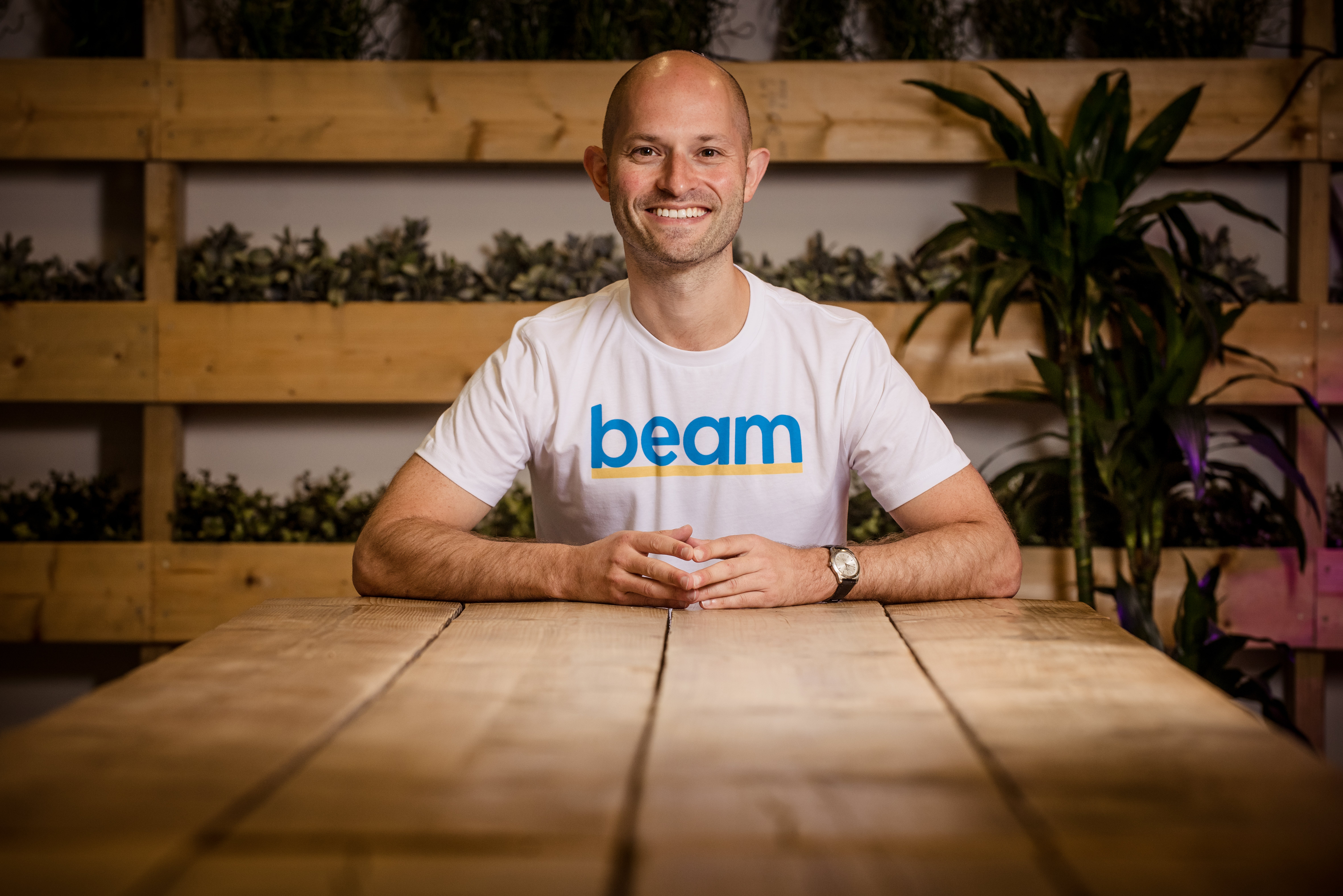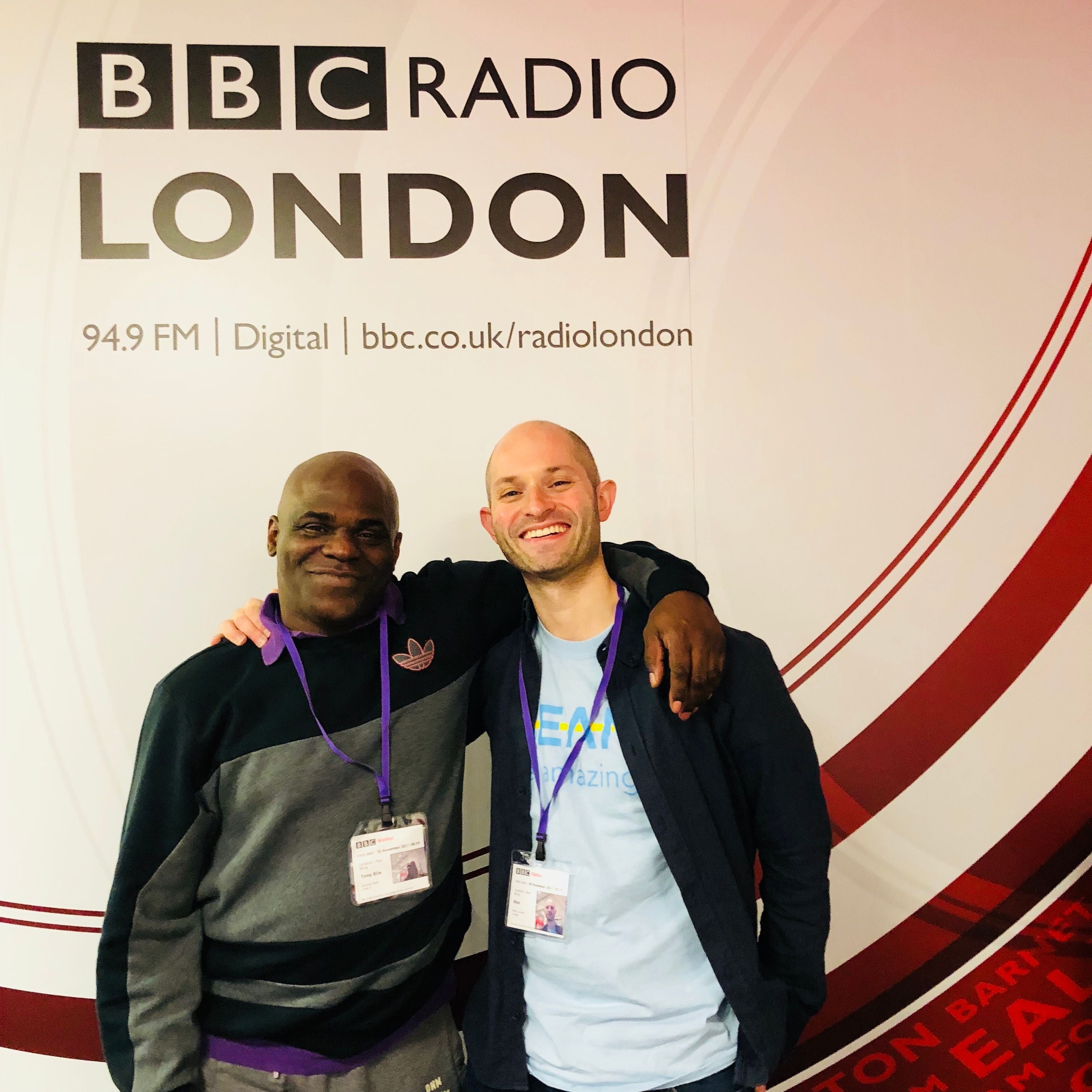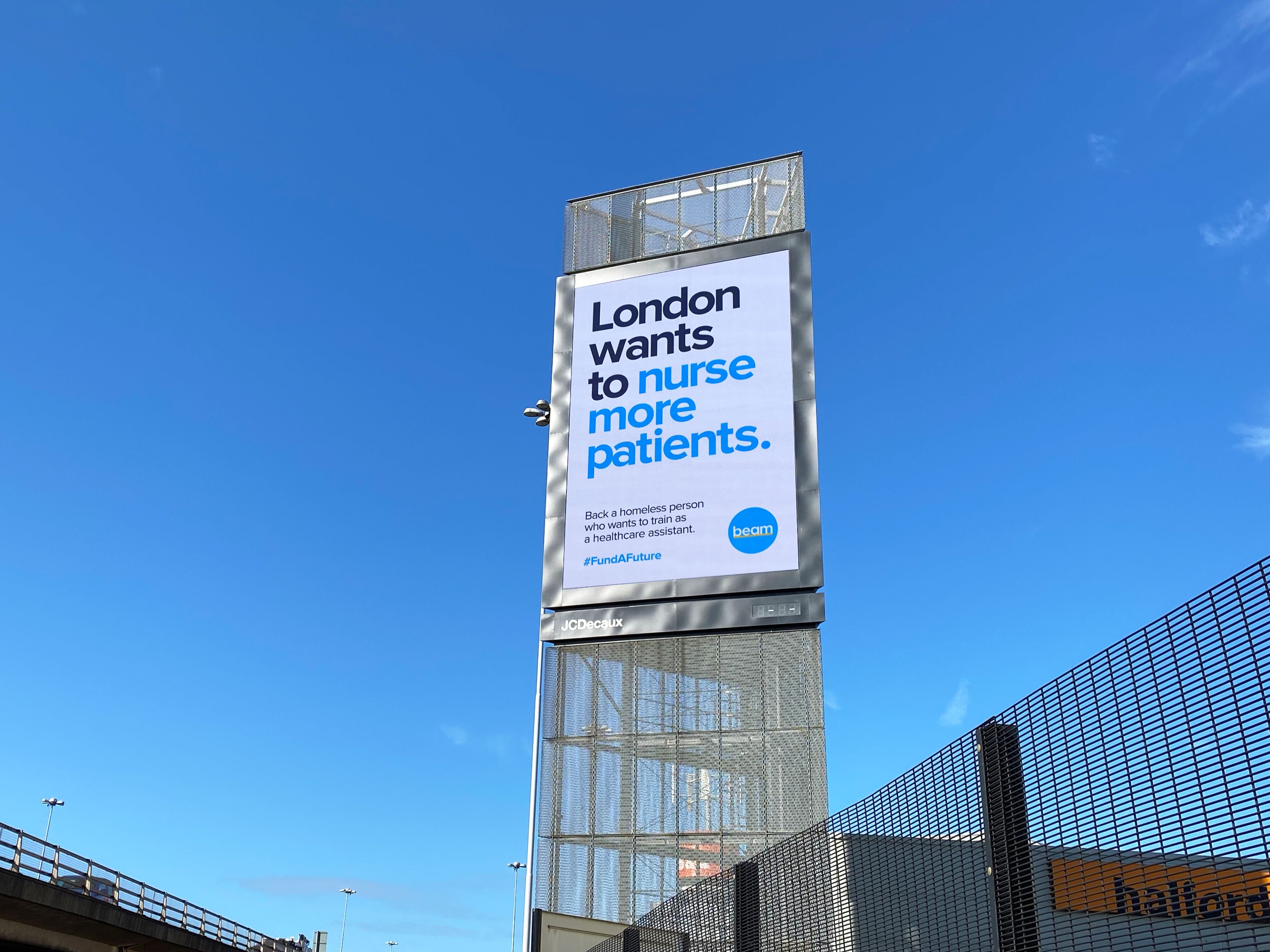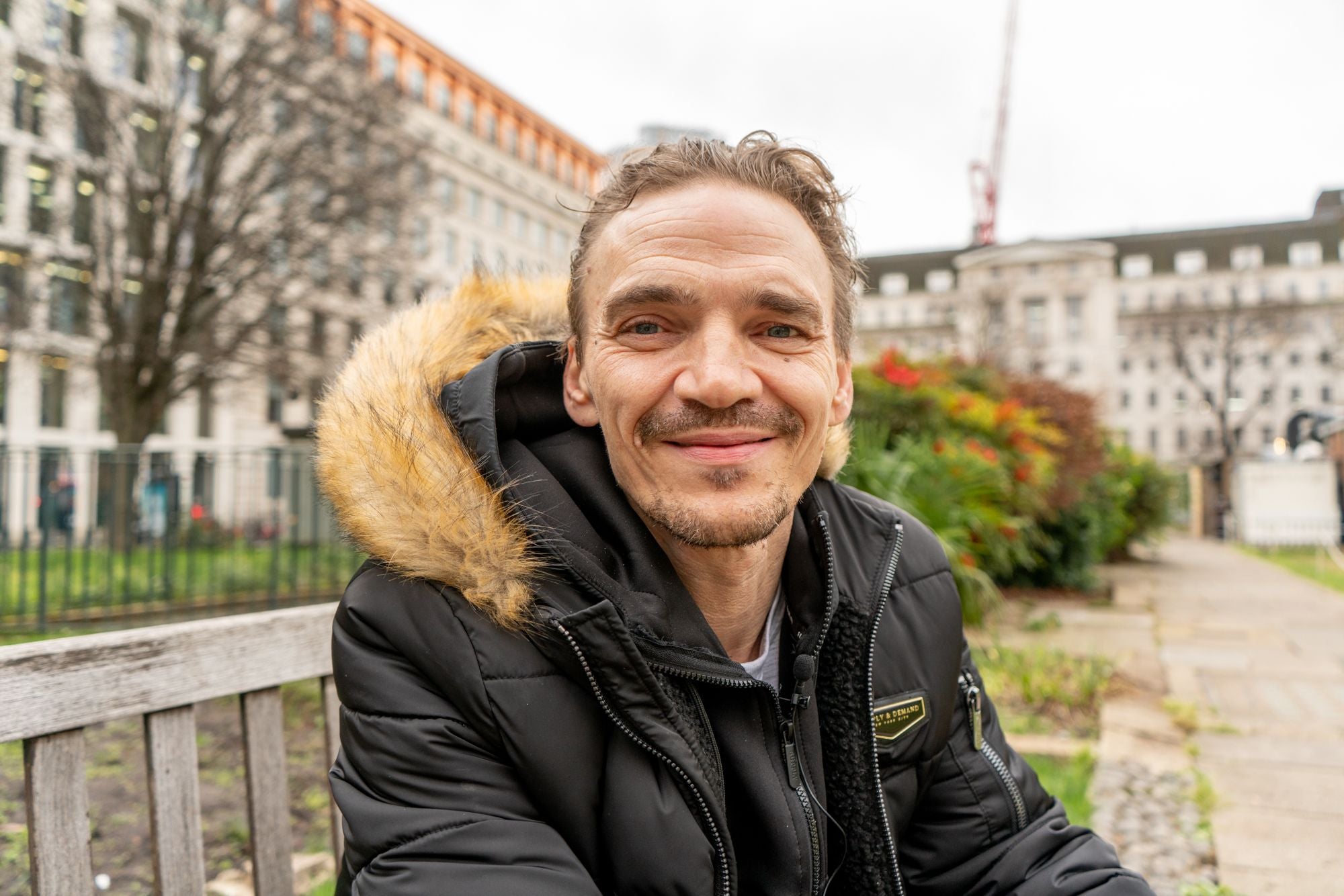How Beam is using crowdfunding as a force for good
Leah Montebello talks to Alex Stephany about how his friendship with a homeless man led him to create a crowdfunding platform to support those on the streets

The idea for Beam, the world’s first platform to “crowdfund” training for homeless people, came after Alex Stephany became friends with a homeless man outside London’s Archway station. The man had been out of work for “longer than he could remember” and saw no way out.
In contrast, Alex had recently left his role as chief executive of JustPark, Europe’s biggest parking app, at which he had led its largest crowdfunding round, raising £3.7m from the public.
The pair exchanged life stories and Alex would buy him coffees and warm socks in the winter until, one day, he disappeared…
After weeks on the lookout, he found the man back at his spot under the station’s CCTV camera (where he sat to avoid attackers). He appeared as if he had “aged a decade”, having suffered a heart attack on the streets.
“When I walked away from him, I felt really frustrated. Not only had I failed to help him, but he was in an even worse position than before. He was on a downward trajectory with no sign of stopping,” Alex says.
Alex asked himself what could he do to meaningfully help this man and the thousands more like him. Having already cemented his position as a successful entrepreneur, and showcased the sheer power of public backing, he was starting to wonder if he could replicate this momentum in other projects.
Our members were able to step into those roles and provide some really valuable services when people really needed them
He explains, “It was clear this man didn't need another cup of coffee. He needed skills, support and confidence to get back into work. That’s going to cost more than a coffee but what if we could all chip in?”
Despite being one of the wealthiest cities in the world, London continues to have staggering homelessness.
The Combined Homelessness and Information Network (Chain) says that 11,018 people were seen sleeping rough in London between April last year and March. This is an increase on the 10,726 people spotted by outreach workers and charities the previous 12 months and suggests that rough sleeping has increased by 94 per cent in 10 years
As such a complex problem, Alex spent months researching and meeting experts at charities, hostels and refuges before formally launching Beam and he was introduced to Tony.

Tony had been an alcoholic, drug addict and completely estranged from his family. Unemployed for 21 years, he wanted to learn a trade and get his own home. However, gaps in the system and lack of opportunity meant this was simply unattainable. He said: “Who would want to help me?” when the idea for crowdfunding was posed.
Nevertheless, he became the first Beam member, ambassador and successfully crowdfunded individual. The campaign page exploded with donations and hundreds of messages were sent in support of him.
“For me, it was all about that community that we built. There is plenty of money being spent on these problems but what we were able to do was bring together a few hundred people around this individual and really care about him. Our technology allowed us to do that”, Alex explains.
Beam has gone on to crowdfund £2.5m and has supported 422 homeless people into stable work.
Beam is working with more than half the London boroughs and has a strong partnership with the Mayor of London to support rough sleepers. Crucially, local authorities refer individuals and local and national government contracts and charitable grants and suchlike pay for running costs.

The standard Beam campaign is usually for someone living in a homeless hostel or women’s refuge and has been out of work for an average of five-and-a-half years. Once a person has been referred they will be allocated a case worker who identifies their goals, such as finding a stable home or landing a job.
The costs will then be determined and a campaign begun where supporters can read their stories and break down the resources needed. This varies from training and textbooks to childcare and transport but the over-arching idea is that it makes it easy for members of the public to see the change they are making to someone’s life.
On average, about 250 members of the public will fund a campaign and about 2,000 people are subscribed to support the platform. A supporter will get regular updates on the progress as well as a breakdown of how their money is spent.
By building a strong sense of community, Alex and his team have successfully funded all posted campaigns since their launch and recently won the Queen's Award for Enterprise for their work in social mobility.
Not only did the pandemic expose some of the core inequalities in society it also amplified labour shortages.

Alex says: “I’m really proud that during the pandemic, we were there to fill some of the critical skill shortages in areas such as logistics and caring. Our members were able to step into those roles and provide some really valuable services when people really needed them”.
It has also led to some key partnerships with employers such as Bupa, Getir, Zapp, Ocado and Tossed, which are actively hiring homeless people through Beam as a way of filling roles and diversifying workforces.
On a more individual level, Alex claims, “one of the key things that Beam is doing is showing the huge potential in groups in society who have often been written off, insulted and considered parasitic. We are showing that this is nonsense and people have a huge amount to offer and just need the support to do it”.
The endgame for Beam is to be a national initiative but, as Alex urges: “The way we tend to expand is to go where people want us. So if there are people who are reading who are influential in a city or the national government, then please do get in touch.
“We want to build tech that is every bit as good as the tech that privileged people enjoy with the likes of Airbnb or Spotify for the most disadvantaged people in our communities.”
Beam “humanises” homelessness through technology and allows the public to make tangible changes to lives beyond just a cup of coffee or a donation to a homelessness charity.
More than this, the Beam platform gives homeless people control of their stories and brings in the public to make a much happier ending.




Join our commenting forum
Join thought-provoking conversations, follow other Independent readers and see their replies
Comments